Since the founding of the Will Eisner Comic Industry Awards (and their previous incarnation, the Kirby Awards), the following individuals have been inducted into the Hall of Fame.
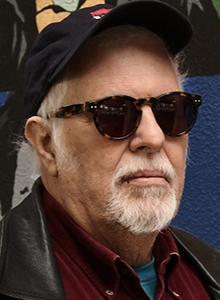
Spain Rodriguez
1940–2012
Spain Rodriguez was one of the seminal artists in the underground comix movement. In New York, he created the tabloid Zodiac Mindwarp for East Village Other before moving to San Francisco to become part of the counterculture scene there. His character Trashman, Agent of the Sixth International, was an icon in underground newspapers as well as in Zap. More recently, he produced such award-winning graphic novels as Nightmare Alley and Che: A Graphic Biography.
Inducted 2013
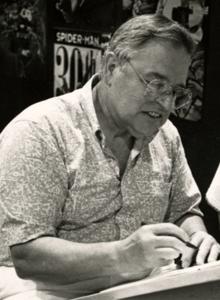
John Romita
1930–
John Romita drew Marvel’s Amazing Spider-Man from 1966 to 1972, giving the definitive look to such characters as Mary Jane Watson, the Kingpin, and the Punisher. In 1973, he became Marvel’s art director, a position he held until his retirement in 1996, and where he created the initial designs on such seminal characters as Wolverine. In 1977, Romita also co-created the Spider-Man newspaper strip, along with writer Stan Lee.
Inducted 2002
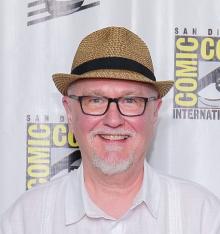
P. Craig Russell
1951–
P. Craig Russell has spent 50 years producing graphic novels, comic books, and illustrations. He entered the comics industry in 1972 as an assistant to artist Dan Adkins. After establishing a name for himself at Marvel on Killraven, Dr. Strange, and Elric, Russell began working on more personal projects, such as adaptations of operas by Mozart (The Magic Flute), Strauss (Salome), and Wagner (The Ring of the Nibelung). Russell is also known for his Fairy Tales of Oscar Wilde series and his graphic novel adaptations of Neil Gaiman’s The Sandman: The Dream Hunters, Coraline, Murder Mysteries, and American Gods. His most recent project has been Gaiman’s Norse Mythology for Dark Horse.
Inducted 2022
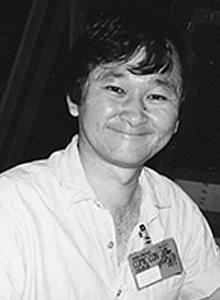
Stan Sakai
1953–
Stan Sakai was born in Kyoto, Japan, grew up in Hawaii, and currently lives in California. His creation, Usagi Yojimbo, first appeared in 1984. Usagi has been on television as a guest of the Teenage Mutant Ninja Turtles, as toys, on clothing, in comics, and in a series of trade paperback collections. Stan is a recipient of numerous awards, including the National Cartoonists Society Comic Book Division Award, six Eisner Awards, five Spanish Haxturs, an Inkpot, an American Library Association Award, a Cultural Ambassador Award from the Japanese American National Museum, and a couple of Harvey Awards, including one for Best Cartoonist.
Inducted 2020
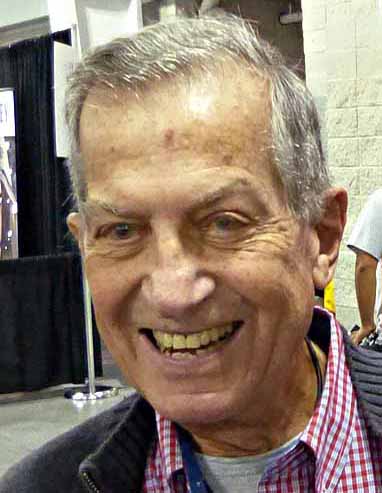
Gaspar Saladino
1927–2016
Gaspar Saladino started at DC in 1949 and worked for more than 60 years in the comics industry as a letterer and logo designer. It has been calculated that he designed 416 logos, lettered 52,769 comic book pages and 5,486 covers, and produced 411 house ads. The logos he designed for DC included Swamp Thing, Vigilante, Phantom Stranger, Metal Men, Adam Strange, House of Mystery, House of Secrets, and Unknown Soldier, among others. For Marvel, Saladino’s logos, which he either created or updated, include The Avengers, Sgt. Fury and his Howling Commandos, Captain America and the Falcon, and Marvel Triple Action. During the early 1970s Saladino lettered the interiors for the then-new Swamp Thing. It was in the pages of this series that he created the concept of character-designated fonts, with Swamp Thing’s distinctive outlined, “drippy” letters.
Inducted 2023

Tim Sale
1956–2022
Artist Tim Sale began working in comics in 1983 and over the course of his career worked with Marvel, DC, Dark Horse, Harris Comics, and Oni Press, with his art gracing characters including Batman, Superman, Harley Quinn, and the Justice Society of America. With Jeph Loeb he created Batman: The Long Halloween, Challengers of the Unknown Must Die!, Superman for All Seasons, Batman: Dark Victory, Daredevil: Yellow, Spider-Man: Blue, Hulk: Gray, Catwoman: When in Rome, and Captain America: White. In 1999, Sale earned an Eisner Award for Best Short Story for “Devil’s Advocate” with writer Matt Wagner in Grendel: Black, White, and Red #1. He also received Eisners for Best Graphic Album–Reprint for Batman: The Long Halloween and Best Penciller/Inker for Superman for All Seasons and Grendel Black, White, and Red.
Inducted 1923
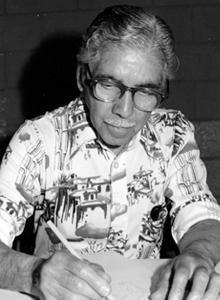
Alex Schomberg
1905–1998
The prolific Alex Schomburg turned out hundreds of comics and pulp magazine covers in the 1930s and 1940s. His covers for World War II–era titles are noted for their large casts of characters in dynamic action, and his airbrush science fiction covers are prized for their brilliant colors and attractive females.
Inducted 1999
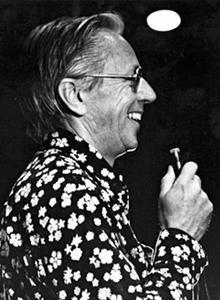
Charles M. Schulz
1922–2000
Charlie Brown, Snoopy, Linus and Lucy—the late Charles Schulz gave us these characters and more with the most popular comic strip of all time, Peanuts. The strip was adapted into a series of animated specials for television that are still being shown decades after they were first aired. For many, Peanuts is a cultural milestone.
Inducted 1997
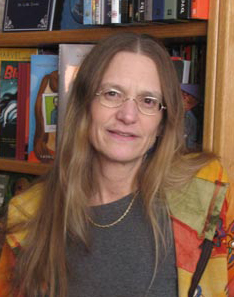
Diana Schutz
1955–
Diana Schutz is a Canadian-born comic book editor who started out editing a newsletter for Berkeley’s Comics & Comix in 1981. She went on to serve as editor-in-chief of Comico during its peak years, followed by a 25-year tenure at Dark Horse Comics. Some of the best-known works she has edited are Frank Miller’s Sin City and 300, Matt Wagner’s Grendel, Stan Sakai’s Usagi Yojimbo, Paul Chadwick’s Concrete, and Mike Mignola’s Hellboy. In addition to editing, she has translated many French and Spanish comics works into English. Diana is now an adjunct instructor of comics history and criticism at Portland Community College.
Inducted 2023
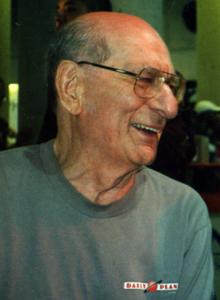
Julius Schwartz
1915–2004
Julie Schwartz served as editor at DC Comics for 49 years, starting in the 1940s. In the early 1950s, he edited DC’s premier science fiction titles, Strange Adventures and Mystery in Space, then went on to usher in the Silver Age with revivals of revised versions of such Golden Age characters as the Flash, Green Lantern, Hawkman, and the Atom, while the Justice League of America became the Silver Age equivalent of the Justice Society.
Inducted 1997
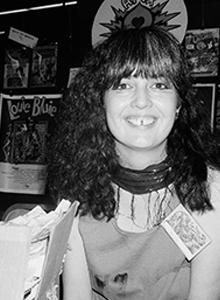
Dori Seda
1950–1988
Dori Seda was one of the pioneers of the autobiographical comics genre in underground comix. She started her career when she was hired by Last Gasp publisher Ron Turner to do the bookkeeping for the company. Her stories were published in several comics and anthologies, including Wimmen’s Comix, Rip-Off Comix, Tits ‘n’ Clits, and Weirdo. Dori’s only full-length solo book was Lonely Nights Comics. Her work is collected in Dori Stories (1999), which also includes memorial essays by friends. In 1988, Last Gasp established the Dori Seda Memorial Award for Women, whose first (and only) recipient was Carol Tyler.
Inducted 2017
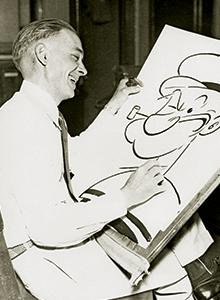
E.C. Segar
1894–1938
E. C. Segar originated Popeye, Olive Oyl, Wimpy, and other now-classic cartoon characters in his comic strip Thimble Theater, which debuted in 1919. The strip ran for 10 years before Popeye first appeared; the rest is history.
Inducted 2001
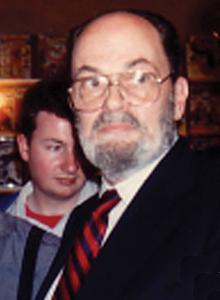
John Severin
1921–2012
John Severin was an artist equally at home drawing humorous and serious comics. At EC Comics he drew wacky stories for MAD (“Melvin of the Apes”), and western and war stories for Two-Fisted Tales. After EC he continued both trends, producing humor features for Cracked along with western and war stories for Marvel, Warren, and other companies.
Inducted 2003
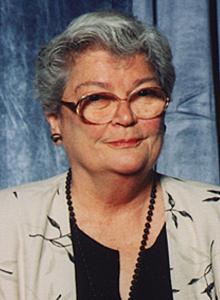
Marie Severin
1929–2018
Marie Severin was the colorist for all the EC Comics titles in the early 1950s. In the 1960s, she joined Marvel Comics, where over the next two decades she not only anchored the famous “bullpen” but drew such comics as The Incredible Hulk, Kull, and Not Brand Echh! She went back to coloring in the 1990s, primarily for DC titles.
Inducted 2001
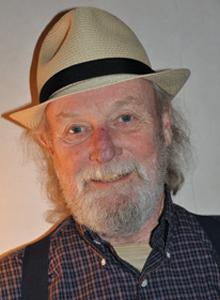
Gilbert Shelton
1940–
Cartoonist Gilbert Shelton began his first notable comic strip in the early 1960s, writing and drawing Wonder Warthog for the University of Texas’ satirical magazines Bacchanal and Texas Ranger. He moved to San Francisco in 1968 and became part of the burgeoning underground comix scene. After producing the comic Feds ‘n’ Heads (published by Print Mint), Shelton created his most famous strip, The Fabulous Furry Freak Brothers in 1968, and a spinoff strip, Fat Freddy’s Cat, in 1969, when he also co-founded Rip Off Press.
Inducted 2012